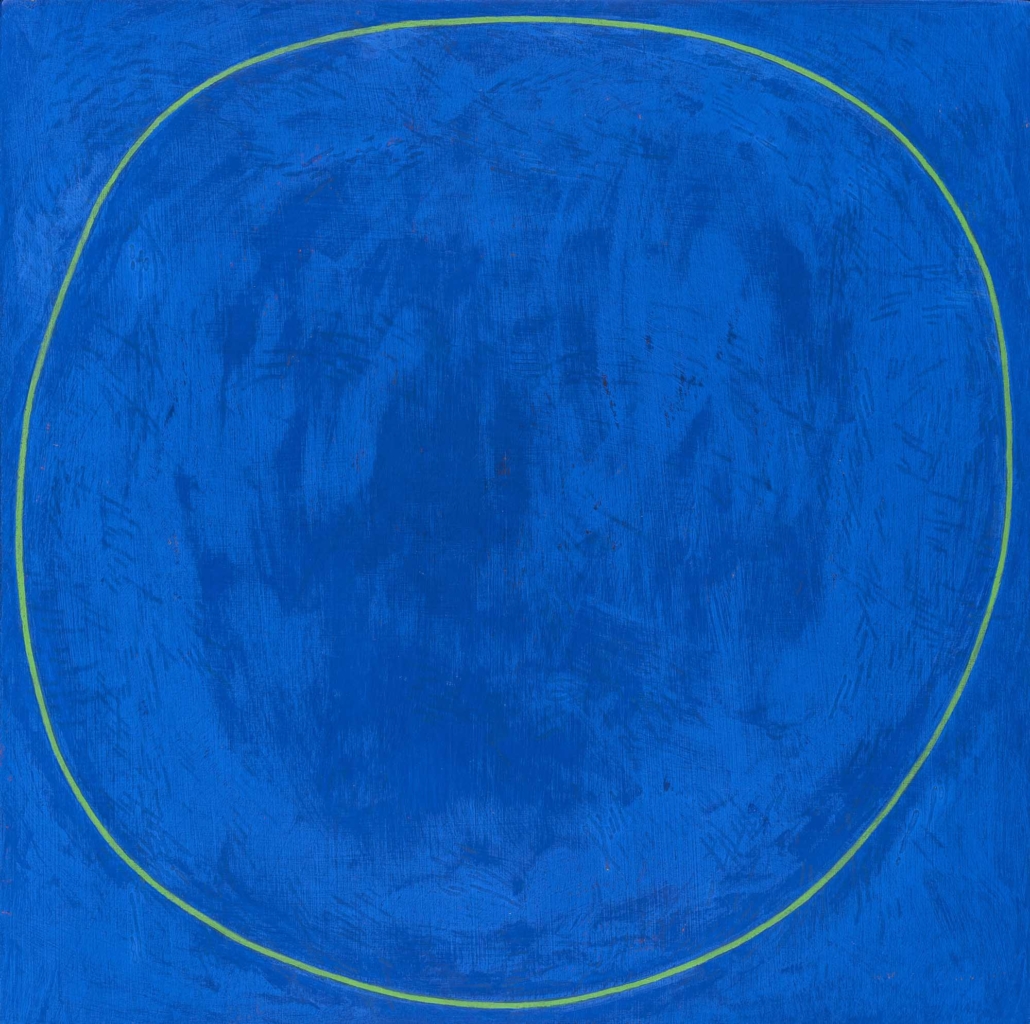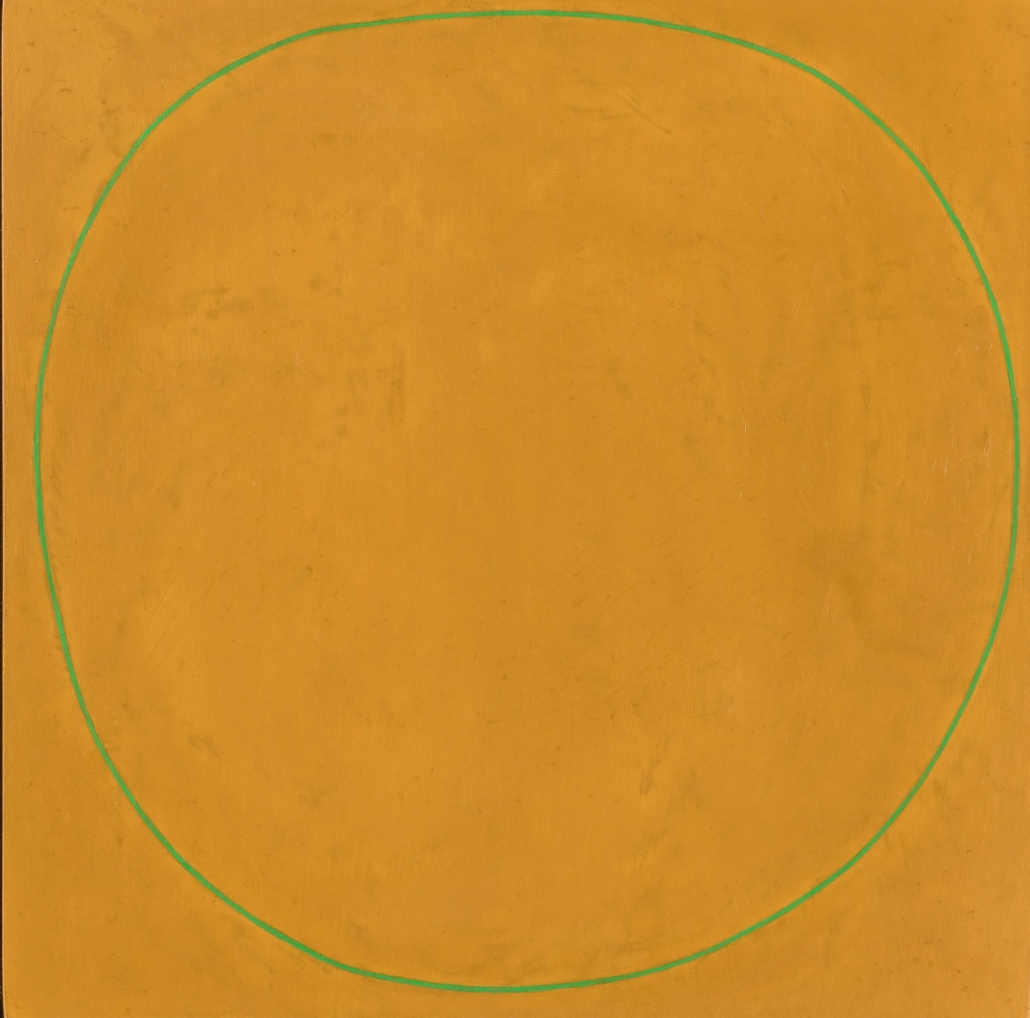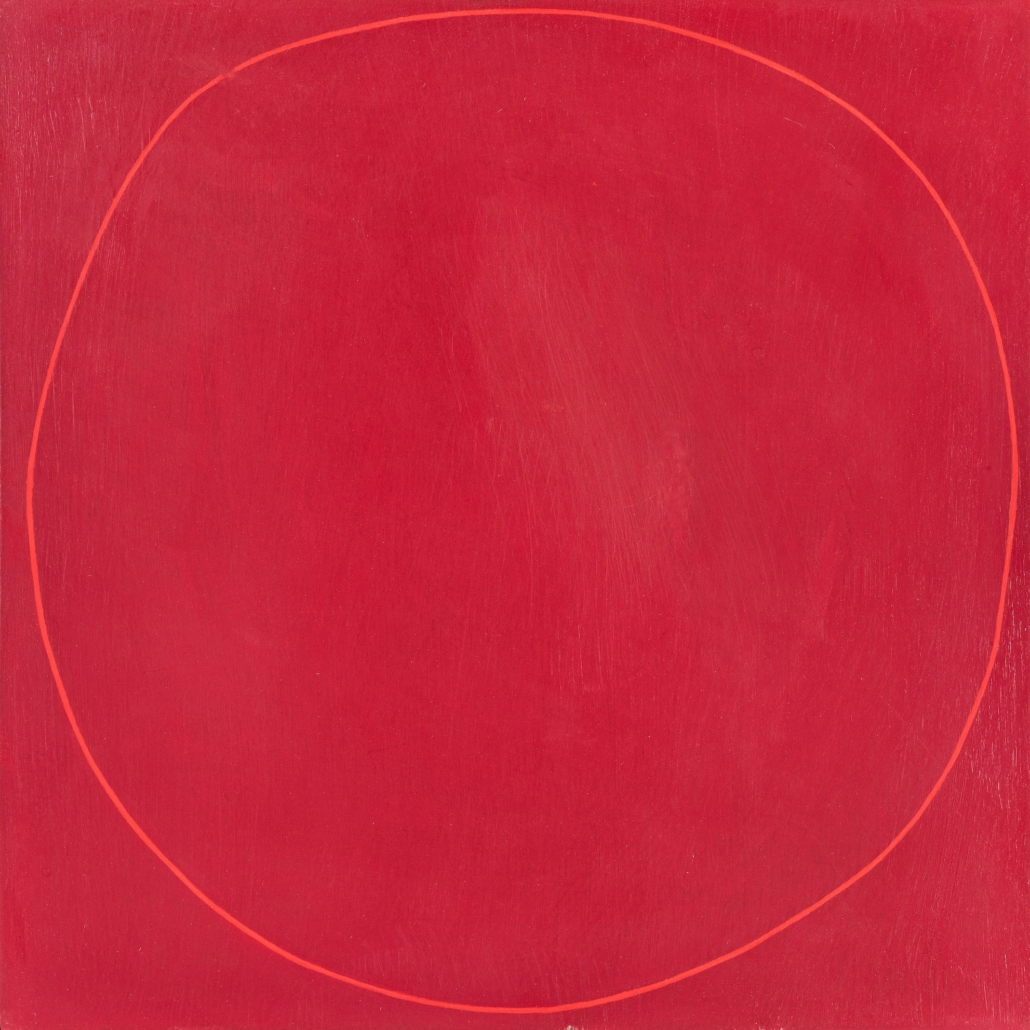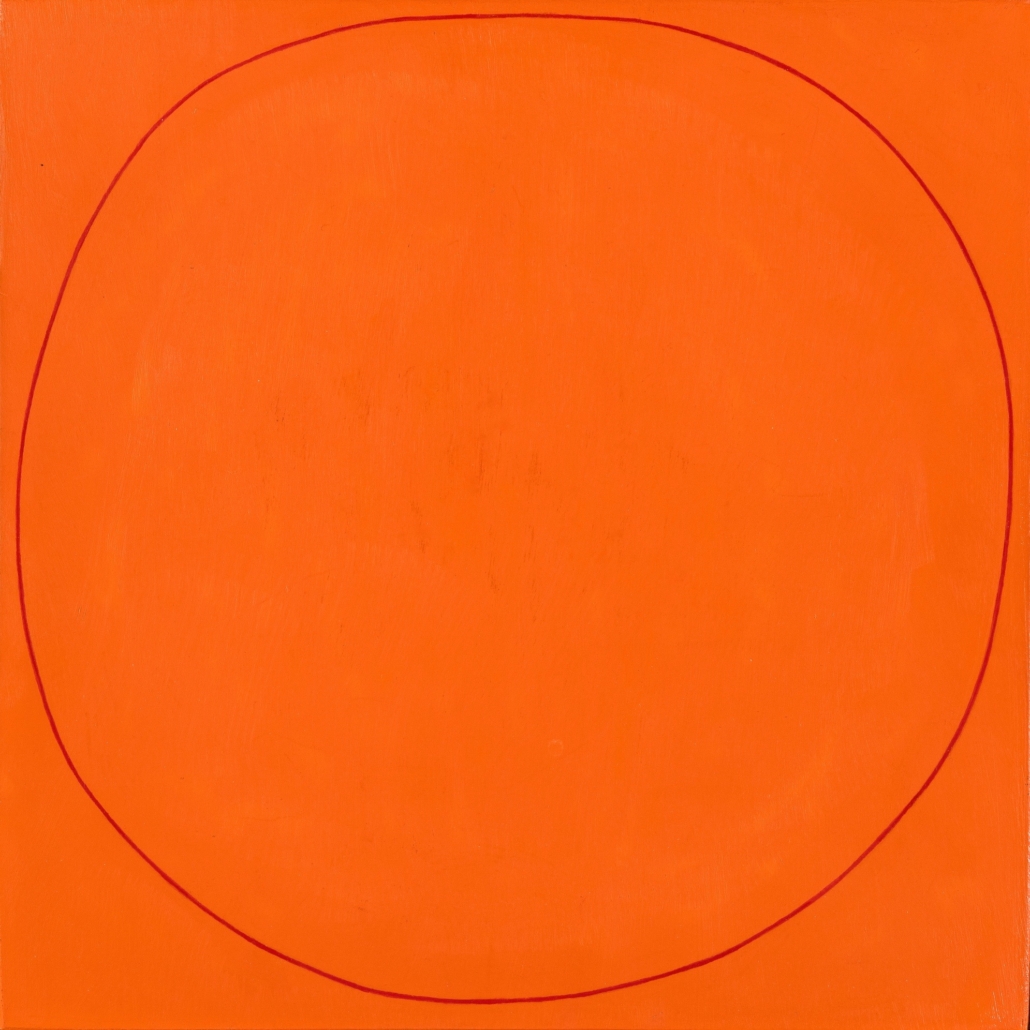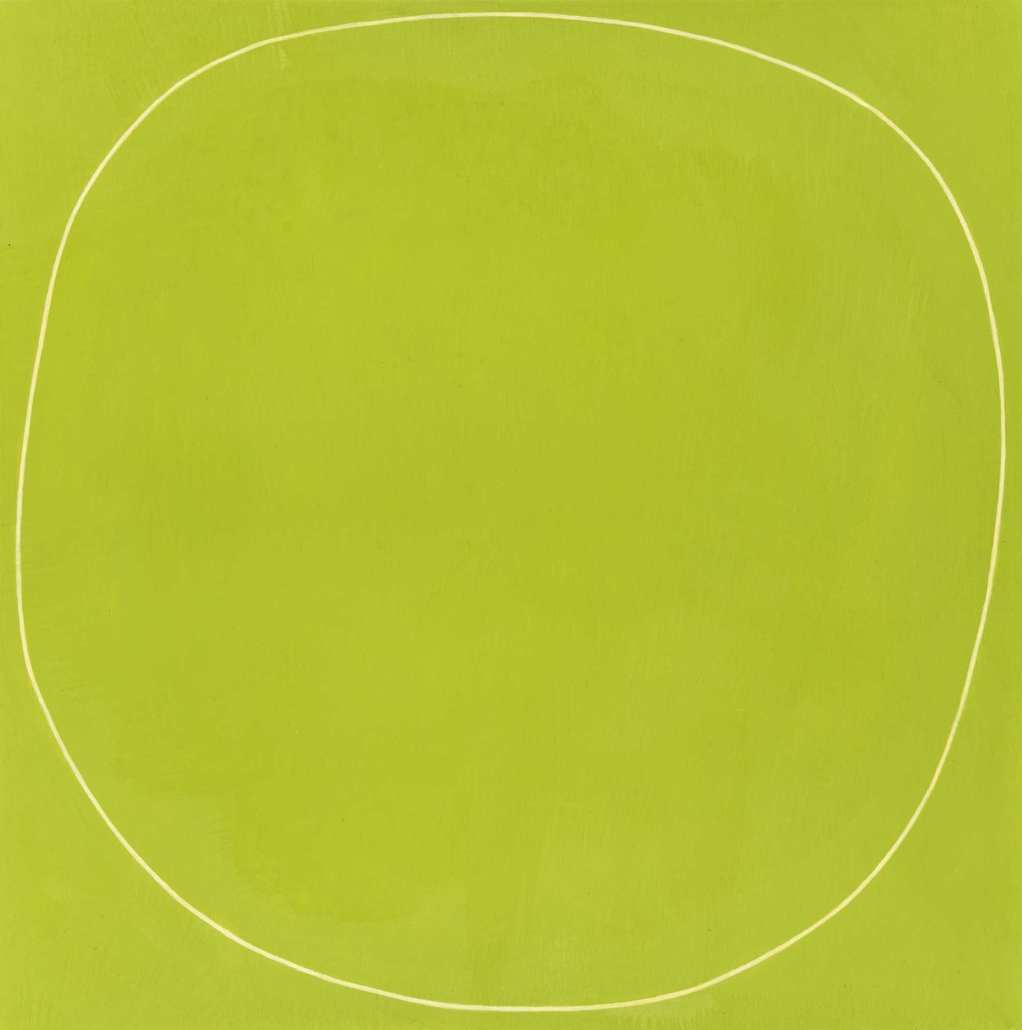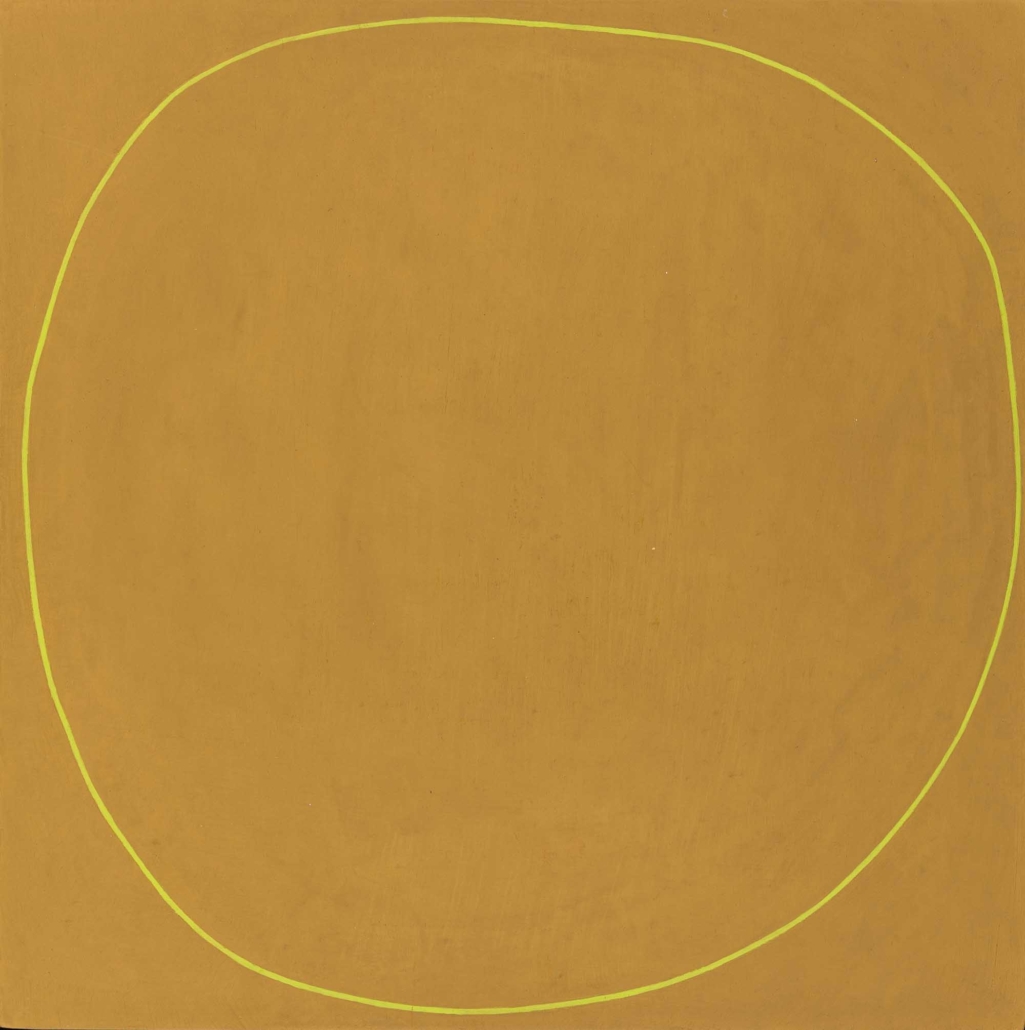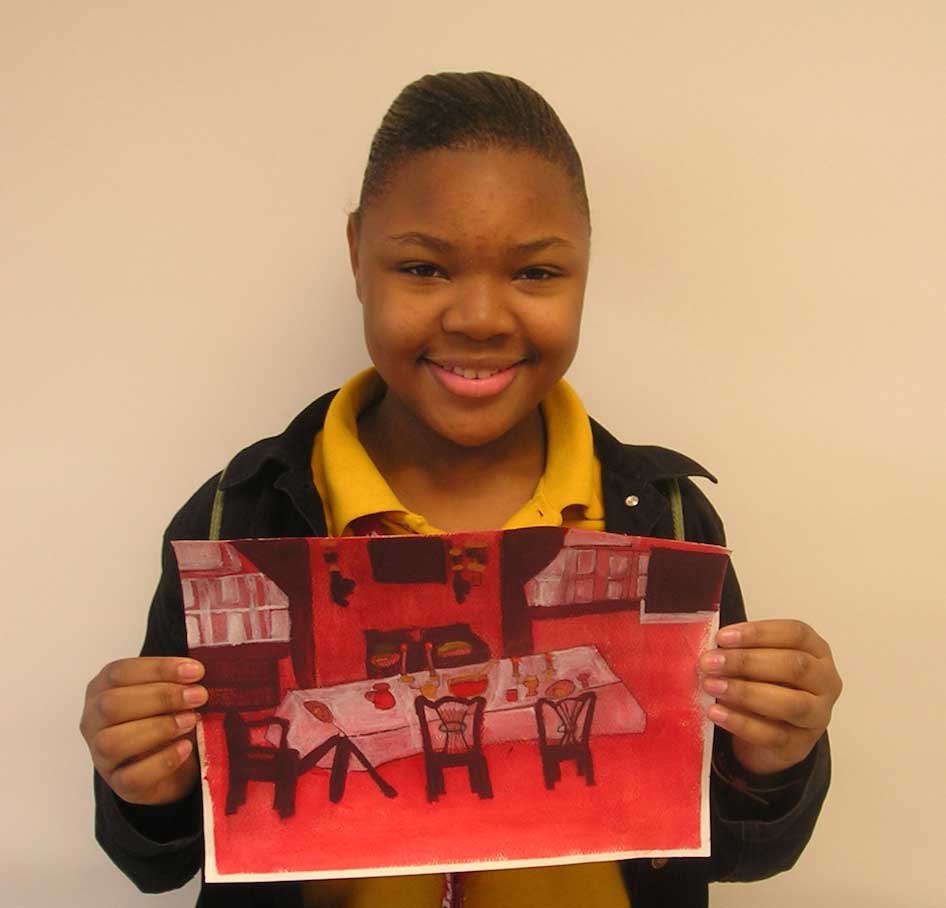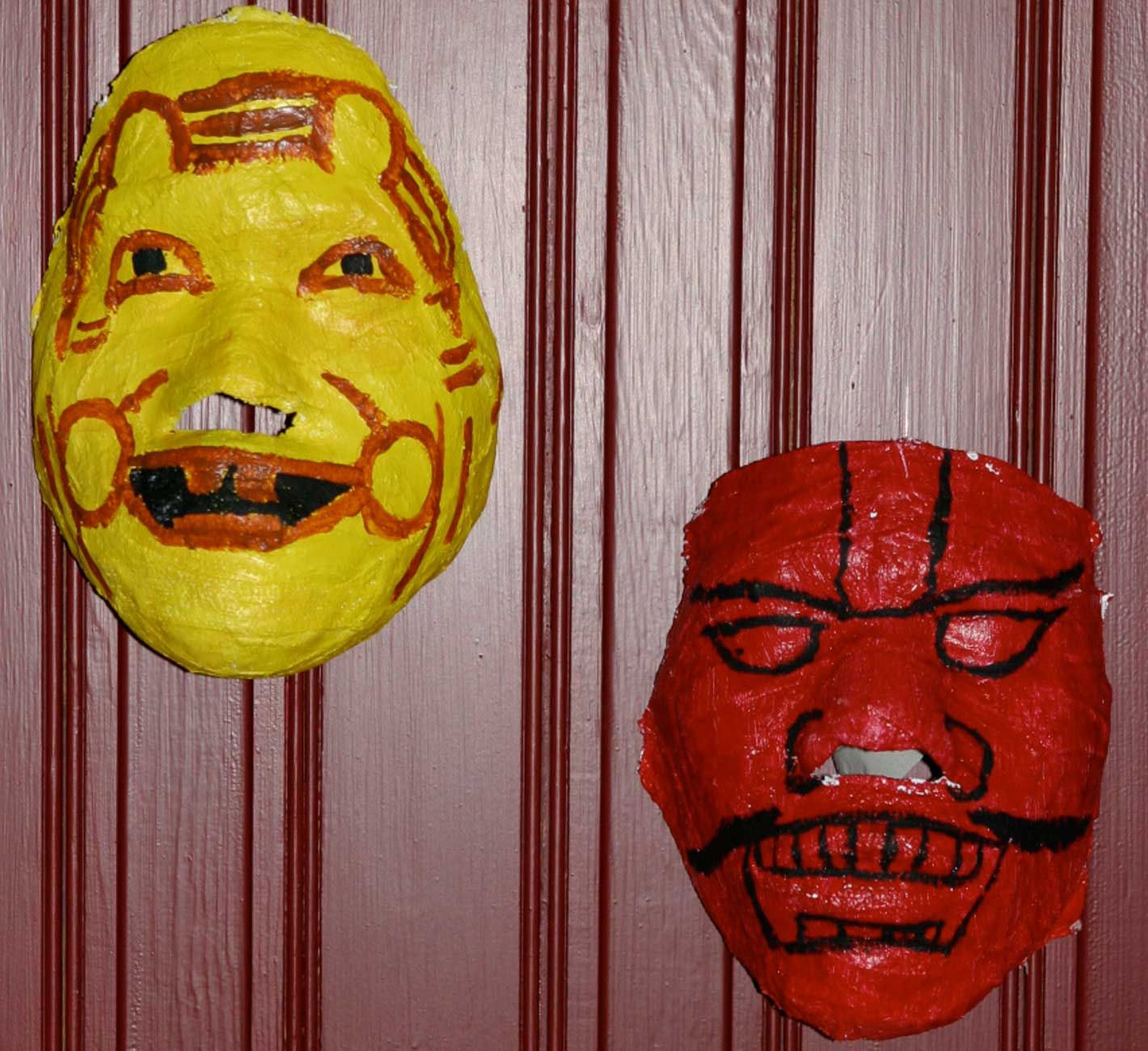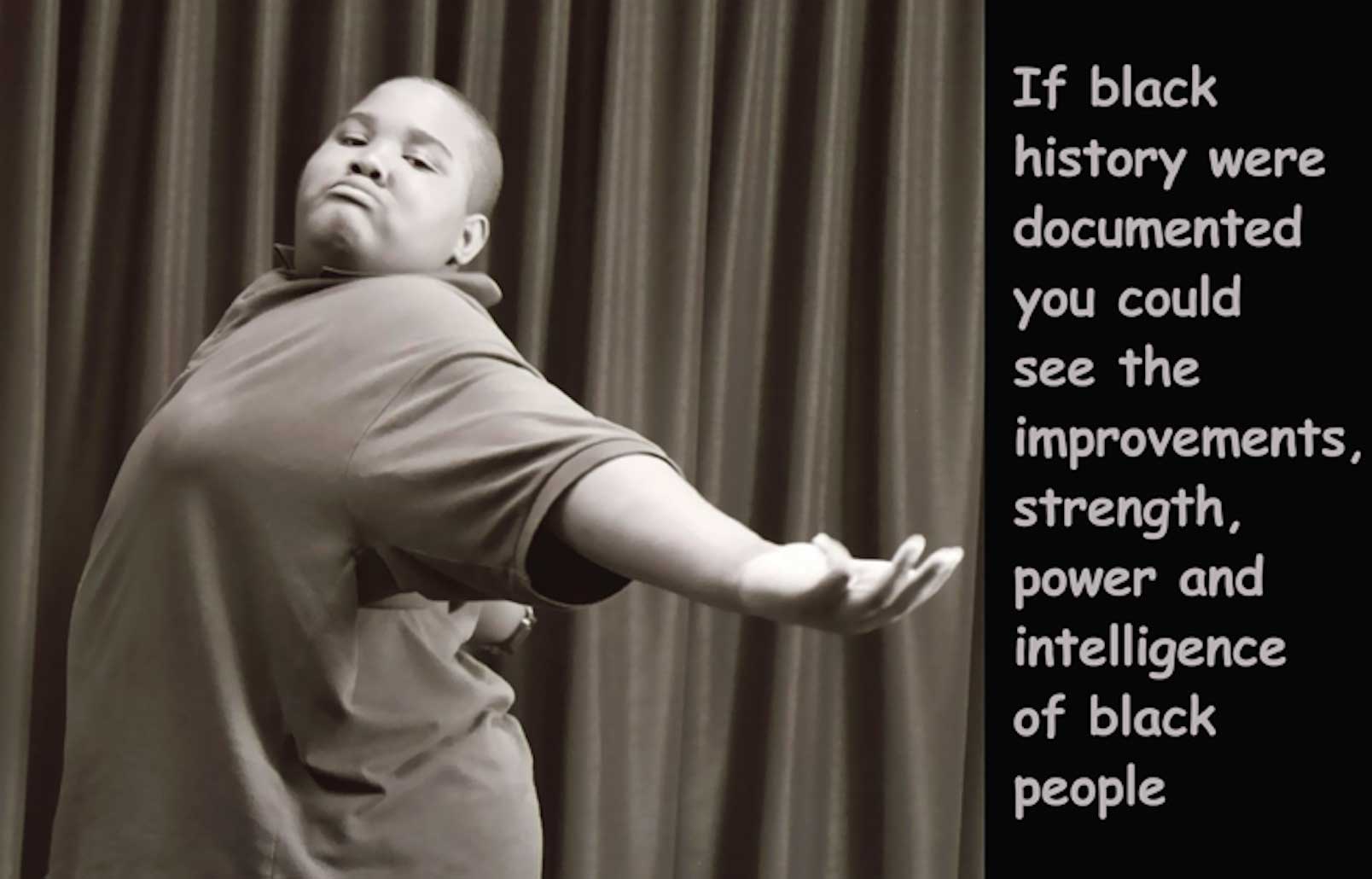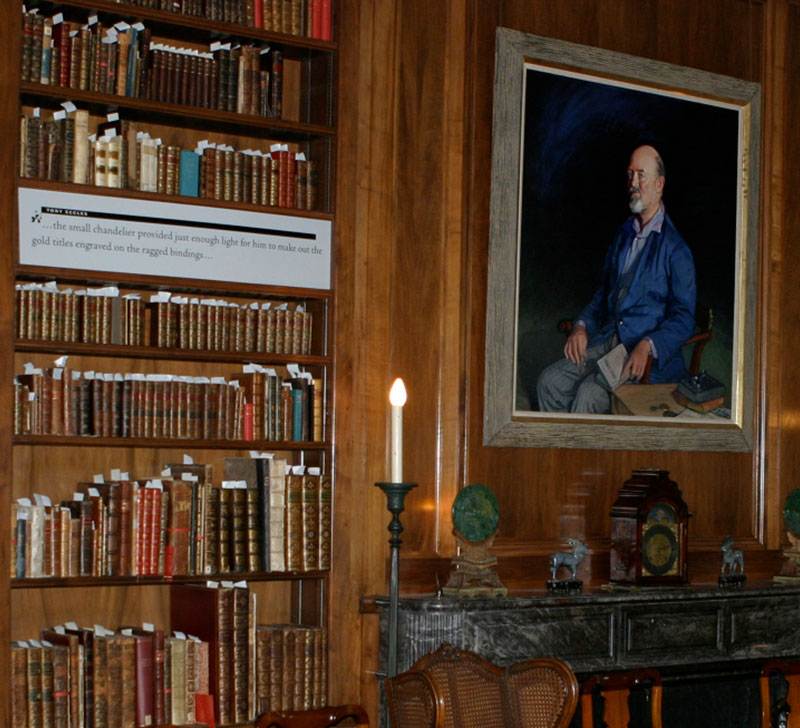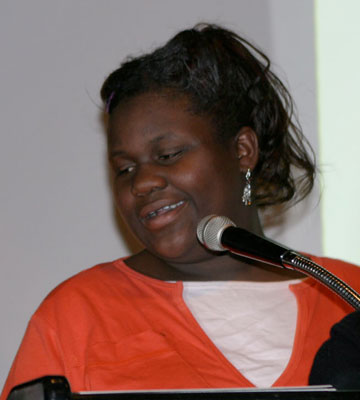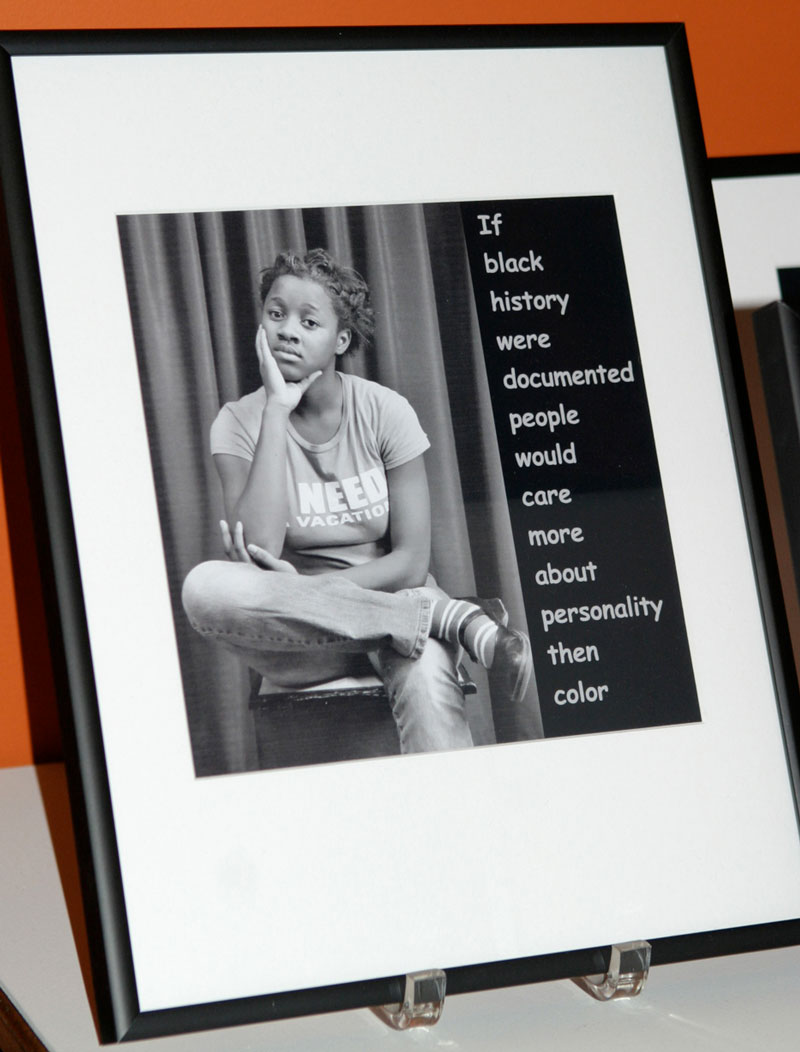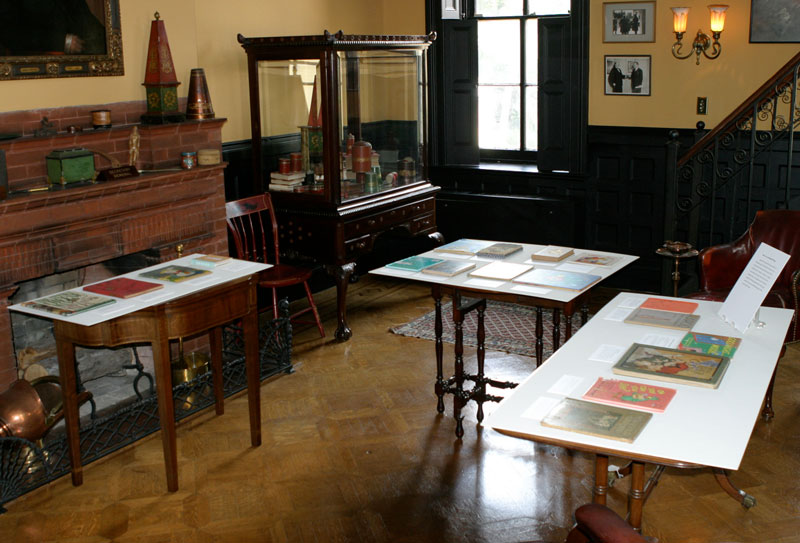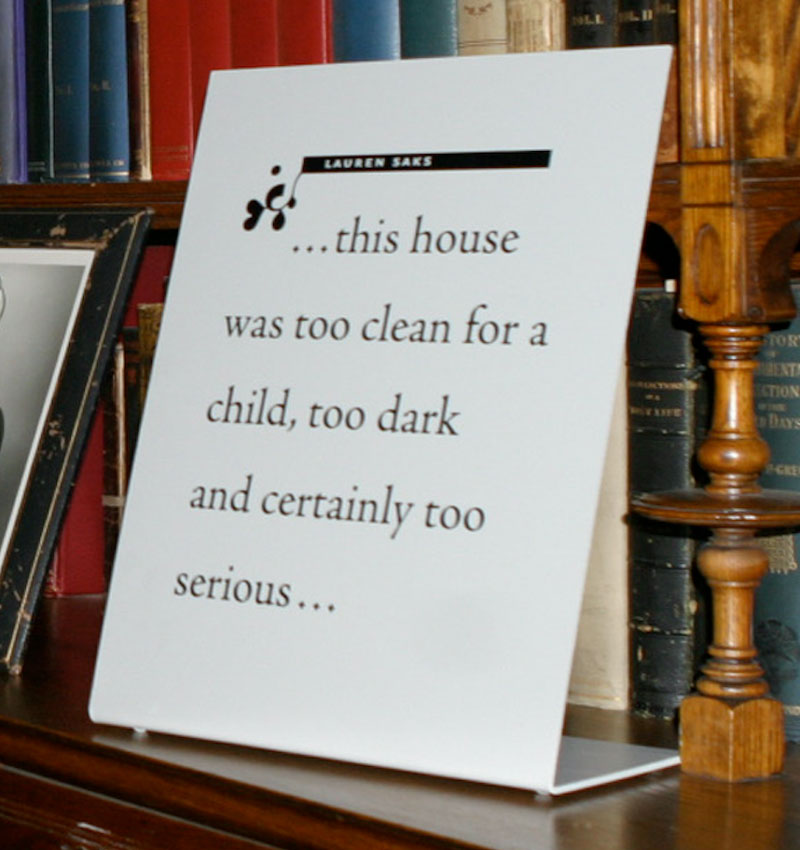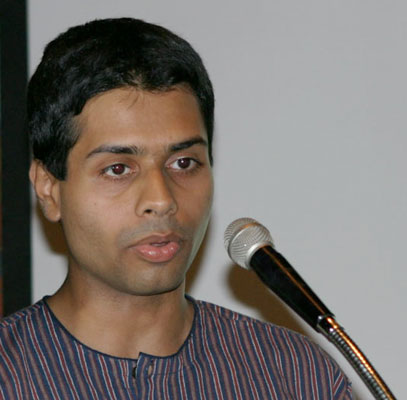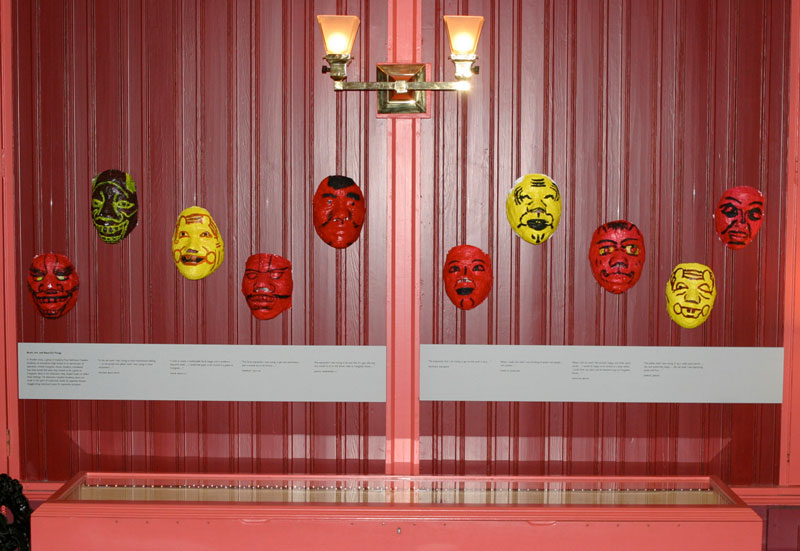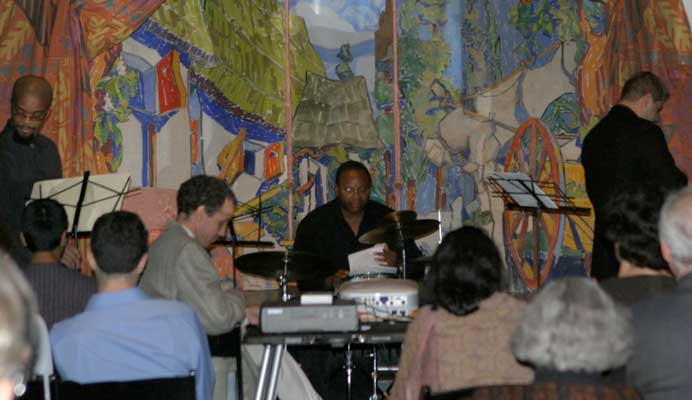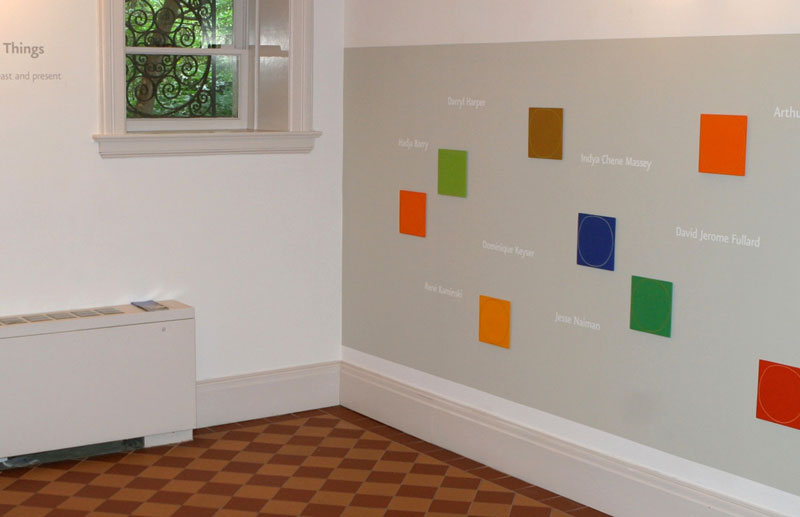A 2005 project about audience and meaning at Baltimore’s Evergreen Museum & Library.
In 1942, when members of the Garrett family bequeathed their home (Evergreen House, now Evergreen Museum & Library) to Johns Hopkins University, they did so with the stipulation that its collections be made open to “lovers of music, art and beautiful things.” At the time, the benefactors likely had a specific demographic in mind: white, privileged, and educated. Cultural norms had changed by 2005, as had attitudes on who might qualify as a lover of music, art and beautiful things—but what are the implications of those changes, and what new meanings might arise from a contemporary audience engaging with the 19th century Eurocentrism of the Evergreen Museum’s collections?
Music, Art & Beautiful Things invited a range of young people to interact with the collection and develop their own creative responses to what they saw. Through this approach, Peter sought to explore how the Garrett legacy resonates today, and what new meanings might arise from fresh eyes and interpretations.
—Jackie O’Regan, curator, Evergreen Museum
ARTWORK
For Music, Art & Beautiful Things, Peter created 72 paintings—one for every project participant, each painting symbolizing the “drop of beauty” added to the historic house museum by a young person’s art or artifact included in the exhibition. Metaphorically, each painting stood for a contributor’s identity (each work’s simple image was derived from a portraiture process). Peter limited his palette to eight colors in making the paintings; with every combination of ground-color and rounded-form-color used once, he ended up with a total of 72 paintings, or one for each participating individual.
PARTICIPANTS
Seeking a cross-section of divergent perspectives and experiences, Peter invited seven schools and youth programs to visit Evergreen, bring young people to consider the collection, and have them make art, write pieces, or select their own personal artifacts in response to what they saw. Evergreen’s curator (Jackie O’Regan) and Peter hosted tours through the museum with students from The Park School of Baltimore, Roland Park Country School, Stadium School, Baltimore Freedom Academy, and the Johns Hopkins Advanced Writing Seminar, and teens taking part in the Youthlight and Kids on the Hill after-school programs. The resulting content for the exhibition was as diverse as the young people who contributed to it.
EXHIBITION
As the Evergreen Museum offers a docent tour, Peter sought to incorporate that experience in designing the exhibition. As visitors moved through rooms rich in books, collectibles, furniture, and art, they encountered the students’ responding pieces, which functioned as visual commentary; in conversing with the Garrett legacy, they implicitly invited the museum-goer to join in. At the end of the tour visitors passed through a temporary exhibition space; there they encountered Peter’s 72 paintings, each with the name of a youth participant next to it, like credits rolling at the end of a film.
EVENTS
In addition to an opening reception and pair of gallery talks offered by Peter, the project included an Evening of Music and Readings. This allowed performing artists—jazz musicians Darryl Harper and Todd Marcus, Tom Goldstein and the UMBC Percussion Ensemble—to add their own layer of interpretation and meaning. The event included the Johns Hopkins Advanced Writing Seminar students Kids on the Hill youth reading their pieces inspired by the museum.

